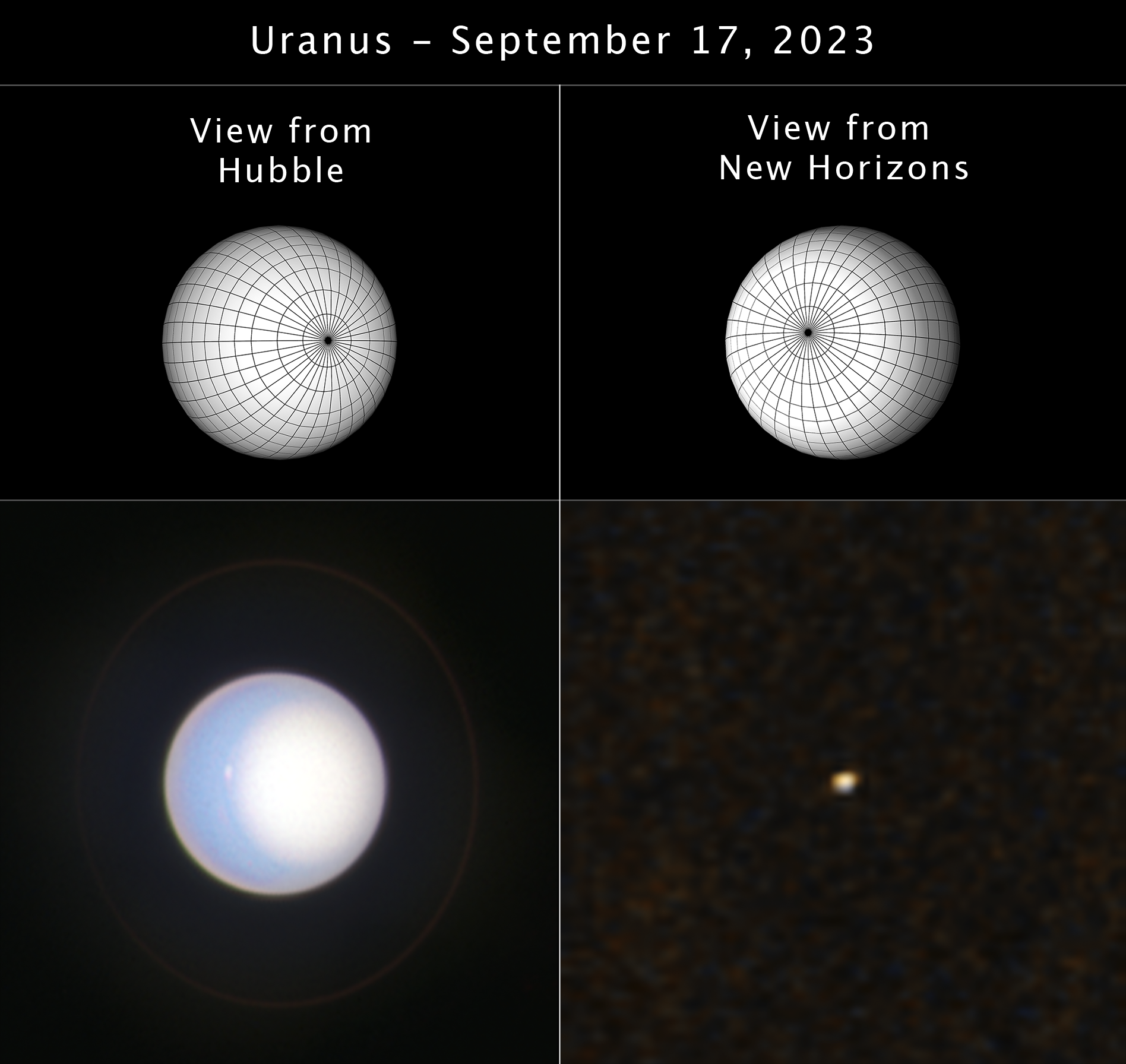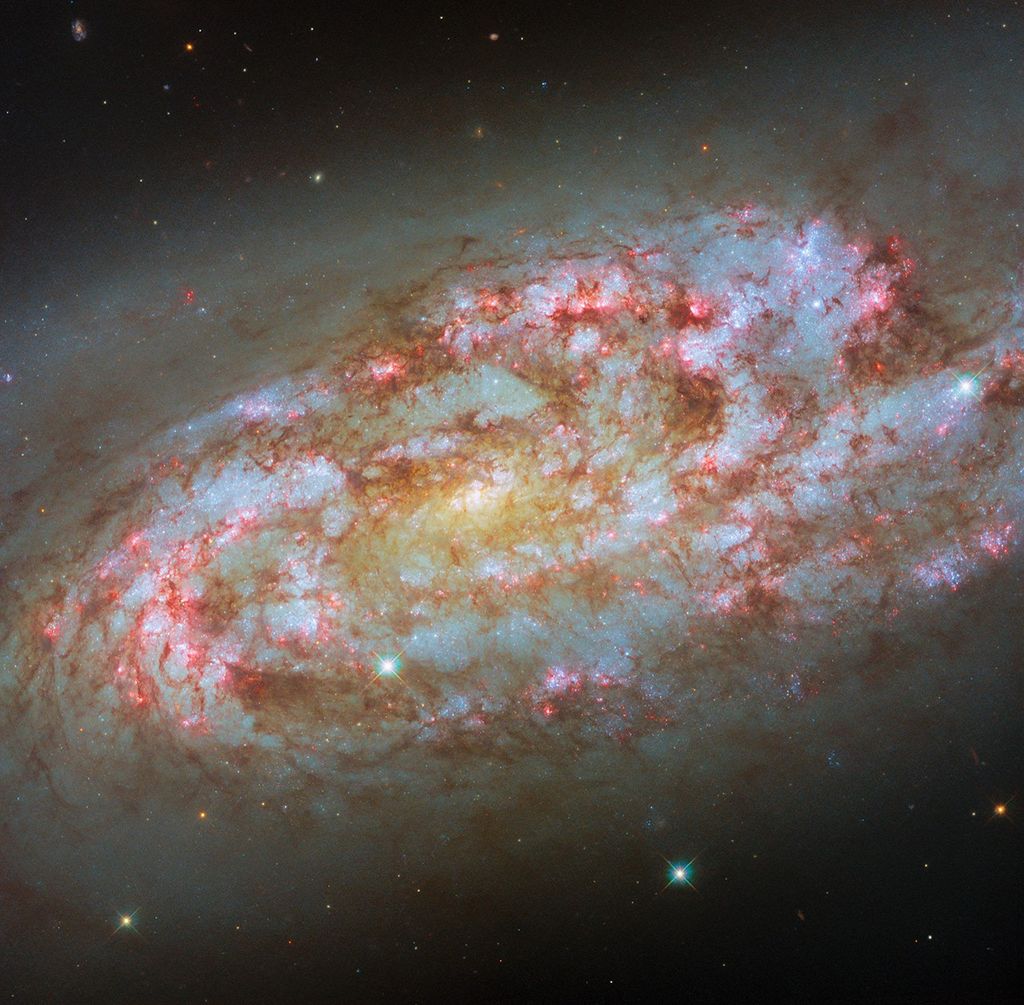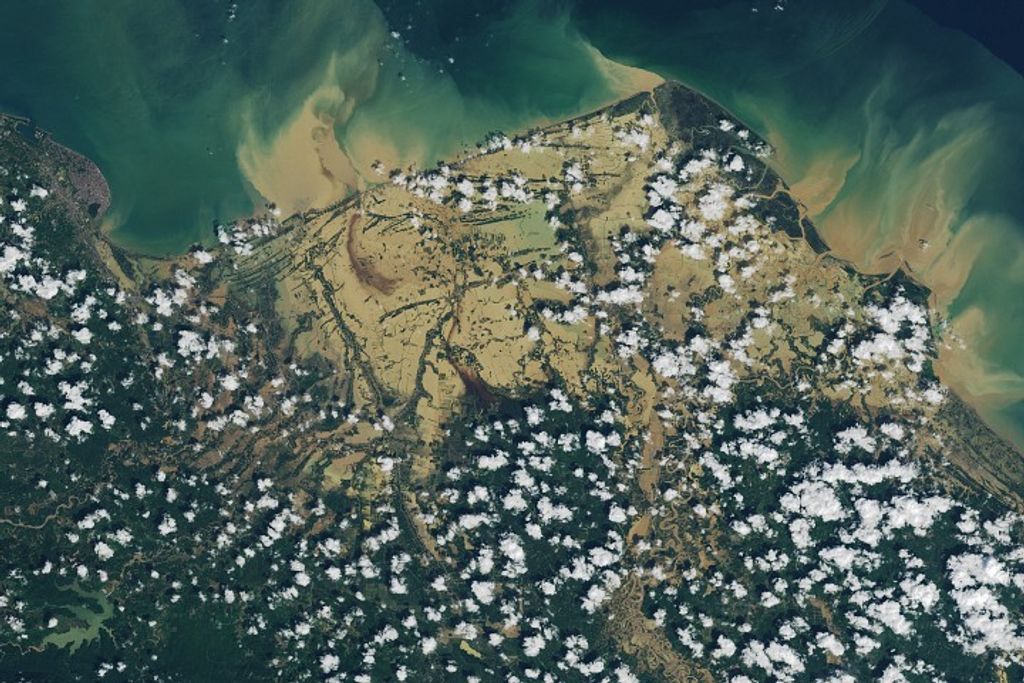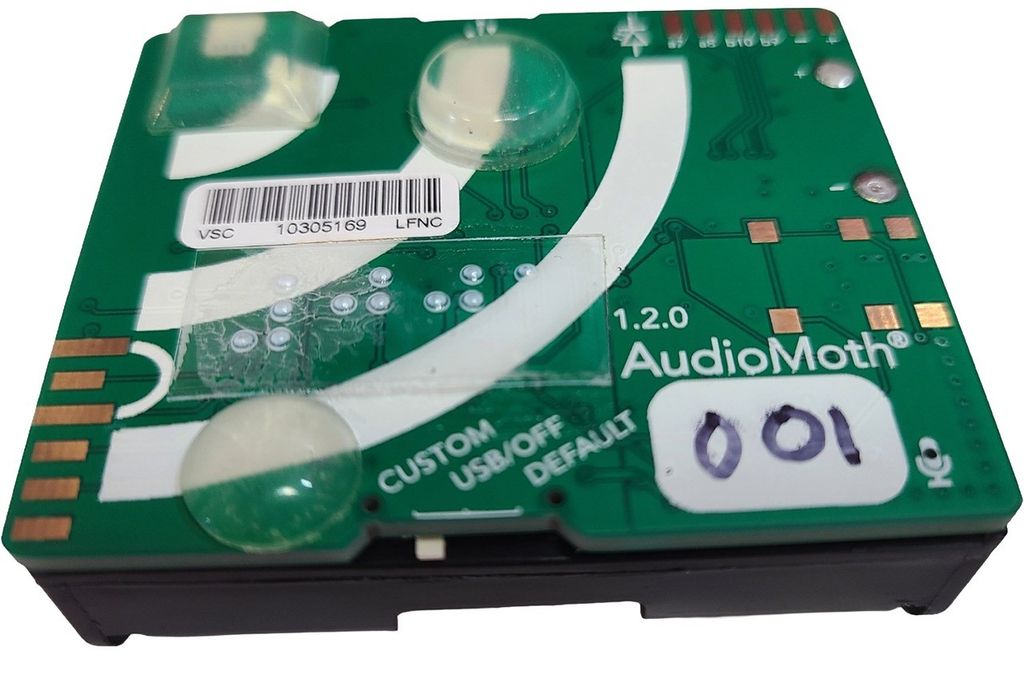
Hubble and New Horizons Views of Uranus
In this image, two three-dimensional shapes (top) of Uranus are compared to the actual views of the planet from NASA's Hubble Space Telescope (bottom left) and NASA's New Horizon's spacecraft (bottom right). Comparing high-resolution images from Hubble to the smaller view from New Horizons offers a combined perspective that will help researchers learn more about what to expect while imaging planets around other stars with future observatories.
Image Credit: NASA, ESA, STScI, Samantha Hasler (MIT), Amy Simon (NASA-GSFC), New Horizons Planetary Science Theme Team; Image Processing: Joseph DePasquale (STScI), Joseph Olmsted (STScI)
- X
https://science.nasa.gov/image-detail/hubble-new-horizons-uranus-stsci-01j99dt656es1s81v71v8nd40r/
Image CreditNASA, ESA, STScI, Samantha Hasler (MIT), Amy Simon (NASA-GSFC), New Horizons Planetary Science Theme Team; Image Processing: Joseph DePasquale (STScI), Joseph Olmsted (STScI)
Size1024x968px






















